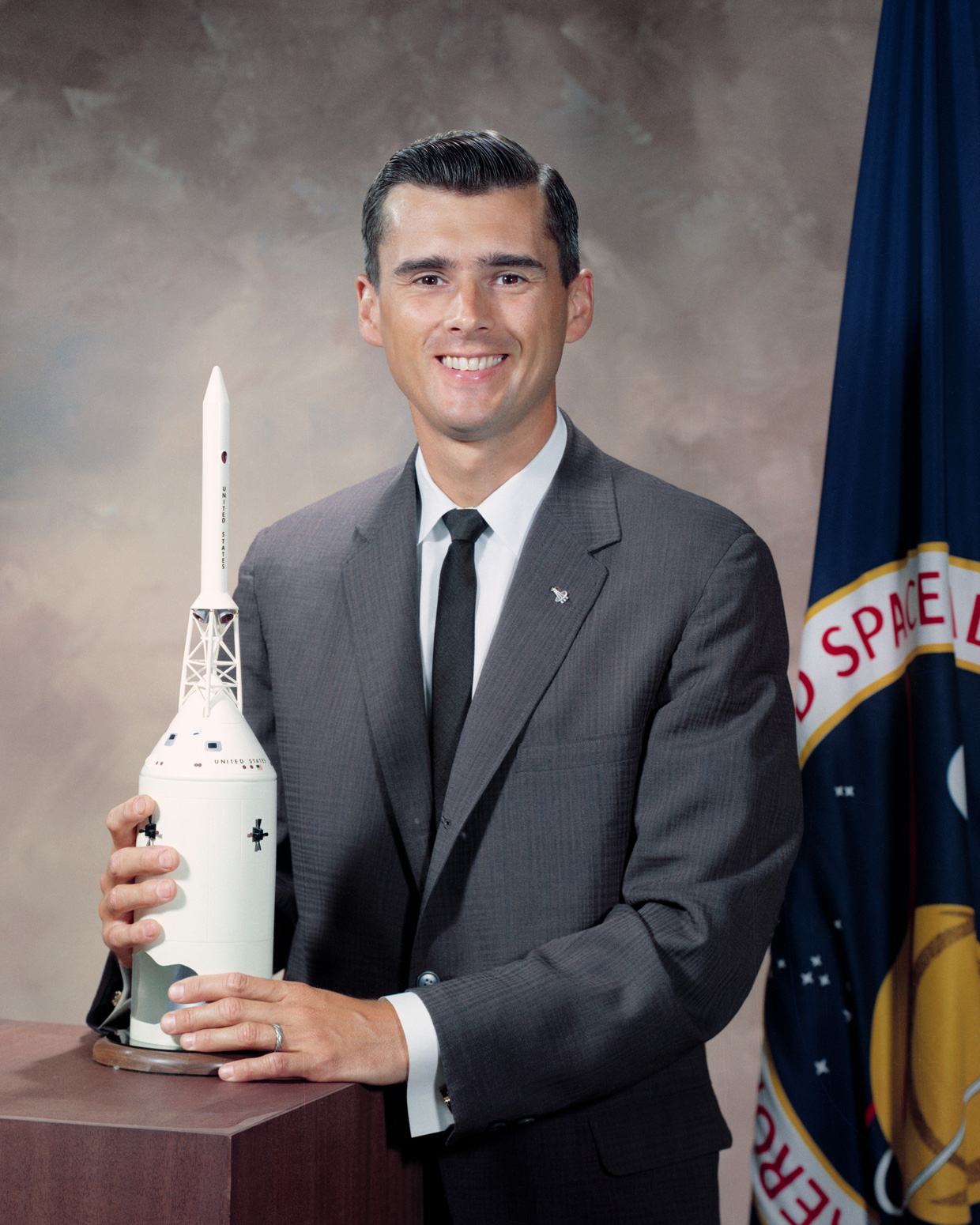It was January 1965, and a small group of engineers from NASA’s Manned Spacecraft Center in Houston were in Bethpage, Long Island, to visit Grumman Aeronautics, the manufacturer of the Apollo Lunar Excursion Module (LEM). Along with the engineers in attendance was Apollo astronaut Roger Chaffee.
It had been a good afternoon of meetings, with the Grumman engineers briefing us on the design of the LEM. And, to top it off, we walked around and touched a full-scale aluminum boilerplate mockup of the LEM. Roger even climbed up the front of the LEM, just to get its feel. He was particularly interested in the LEM’s S-band antenna.
In 1964, I previously taught Roger’s third astronaut class about antenna theory. He kept me backed up to the blackboard with his knowledge. I finally asked him, “Roger, what did you say your master’s degree was in?” With a big grin, he replied, “mechanical engineering.” The whole astronaut class laughed. I started to understand that these guys’ capabilities were well beyond those of the pilots I used to fly with as a U.S. Air Force navigator.
At Grumman, it was too late in the day to fly back to Houston, so our group was in a bar that was connected to our motel. We were sitting at a large table in front of a bay window, looking out on the street. It was cold out there, with ice on some of the sidewalks, and the sun wasn’t quite down. Before the rest of us were ready to take our leave of the liquid refreshments, Roger said, “Well, I’ve got to go out and run.” He ran, daily, to stay in shape, no matter where he was in the United States.
I said, “Roger, it’s cold out there, and there’s ice on the sidewalks. Why the heck do you have to go run today?” He looked at me and replied, “John, I’m the lightest of the astronauts, and the LEM is five thousand pounds overweight. I’ll be the first man on the Moon.”
And, he might well have been had it not been for the fire in 1967 that claimed his life. May God rest you, Roger.
Roger Chaffee with a spacecraft model. / Photo: NASA




